
Filter News
Area of Research
News Type
News Topics
- 3-D Printing/Advanced Manufacturing (2)
- Artificial Intelligence (4)
- Big Data (4)
- Bioenergy (14)
- Biology (16)
- Biomedical (3)
- Biotechnology (2)
- Buildings (4)
- Chemical Sciences (4)
- Clean Water (2)
- Climate Change (21)
- Composites (1)
- Computer Science (10)
- Coronavirus (3)
- Cybersecurity (3)
- Decarbonization (14)
- Energy Storage (2)
- Environment (26)
- Exascale Computing (3)
- Frontier (4)
- Fusion (4)
- Grid (2)
- High-Performance Computing (7)
- Hydropower (3)
- Isotopes (1)
- ITER (1)
- Machine Learning (4)
- Materials (8)
- Materials Science (4)
- Mercury (1)
- Microscopy (7)
- Nanotechnology (3)
- National Security (7)
- Net Zero (2)
- Neutron Science (3)
- Nuclear Energy (3)
- Partnerships (1)
- Physics (2)
- Polymers (1)
- Quantum Computing (5)
- Quantum Science (3)
- Security (2)
- Simulation (3)
- Summit (4)
- Sustainable Energy (13)
- Transportation (3)
Media Contacts
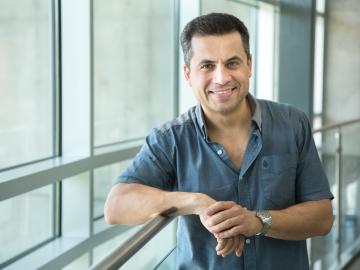
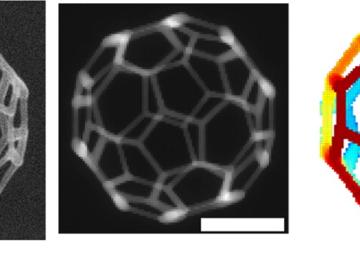
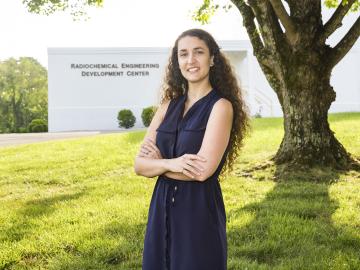


The Department of Energy’s Oak Ridge National Laboratory will add its computational know-how to the battle against cancer through several new projects recently announced at the White House Cancer Moonshot Summit.
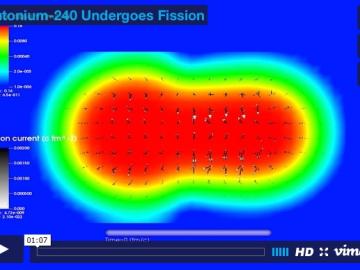
While trying to fatten the atom in 1938, German chemist Otto Hahn accidentally split it instead. This surprising discovery put modern science on the fast track to the atomic age and to the realization of technologies with profound potential for great harm or great help. Altho...

Sitting in the driver’s seat comes naturally to Ron Graves, the recently retired head of Oak Ridge National Laboratory’s sustainable transportation program. Graves has logged more than 100 days on national racetracks like Daytona, Road Atlanta, and Pocono where he routinely reache...
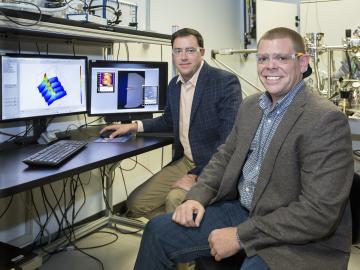
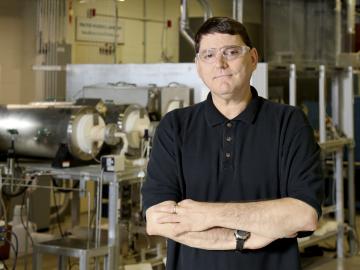
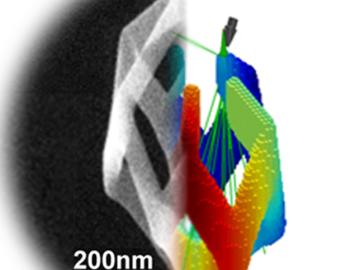
Additive manufacturing techniques featuring atomic precision could one day create materials with Legos flexibility and Terminator toughness, according to researchers at the Department of Energy’s Oak Ridge National Laboratory. In a review paper published in ACS Nano, Olga Ovchinni...


